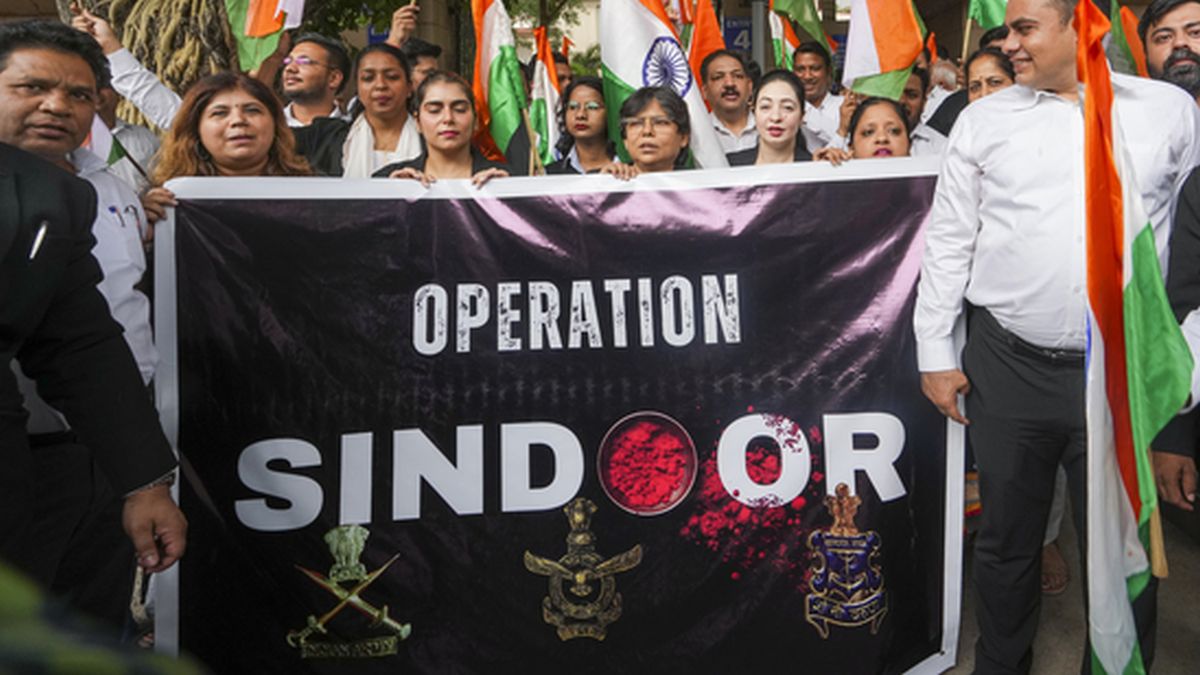For the first time, Army Chief General Upendra Dwivedi, describing it as a strategic “chess game”, has publicly shared details of the planning and execution of Operation Sindoor, India’s military response to the 22 April terror attack in Pahalgam by Pakistan-backed terrorists.
He spoke about the mission earlier this week while inaugurating Agnishodh, the Indian Army’s research cell at IIT Madras.
Operation in the ‘grey zone’
Comparing the operation to a game of chess, General Dwivedi said it took place in a “grey zone” – unpredictable and just short of a full-scale conventional military engagement.
“In Op Sindoor, what we did, we played chess… What does it mean! It means that we did not know what step the enemy was going to take and what we were going to do. It was a gray zone. The gray zone is that we are not going for the conventional operations but we are doing something which is just short of the conventional operations,” he said.
Planning began in late April
Planning began on 23 April, when the three service chiefs and Defence Minister Rajnath Singh decided decisive action was needed.
“This is the time when Defence Minister Rajnath Singh had also said, I think enough is enough. And all the three chiefs were very clear, something had to be done. And the free hand was given, of course, that you decide what is to be done,” Dwivedi noted.
By 25 April, the Northern Command had executed strikes on seven of nine high-value targets, eliminating several terrorists.
How Sindoor differed from Uri and Balakot
General Dwivedi stressed that Operation Sindoor differed from earlier missions like Uri and Balakot. Uri targeted launch pads to send a message, while the 2019 Balakot strikes aimed at training camps deep inside Pakistan.
Sindoor, however, went “wide and deep,” hitting further into enemy territory, what he called the “heartland”, and targeting key assets codenamed “Nursery” and “Masters.”
“This was the first time we hit the heartland. And our targets were Nursery and the Masters. And that’s what came as a shocker to them,” he said.
Five of the targets were in Jammu and Kashmir and four in Punjab, with two missions carried out alongside the Indian Air Force. “This test match stopped on the fourth day and it could have continued for fourteen days also, one forty days also, fourteen hundred days also, we don’t know. So we have to be prepared for those kinds of things,” Dwivedi added.
Impact Shorts
More ShortsIAF confirms major aerial kills
In a separate disclosure, Air Chief Marshal Amar Preet Singh revealed that during Operation Sindoor, India’s air defence systems shot down five Pakistani fighter jets and one AEW&C/ELINT surveillance aircraft, the largest-ever surface-to-air kills recorded by India.
Speaking at the 16th Air Chief Marshal LM Katre Memorial Lecture, Singh detailed the 7 May strikes that targeted terrorist infrastructure both near the border and inside Pakistan.
)